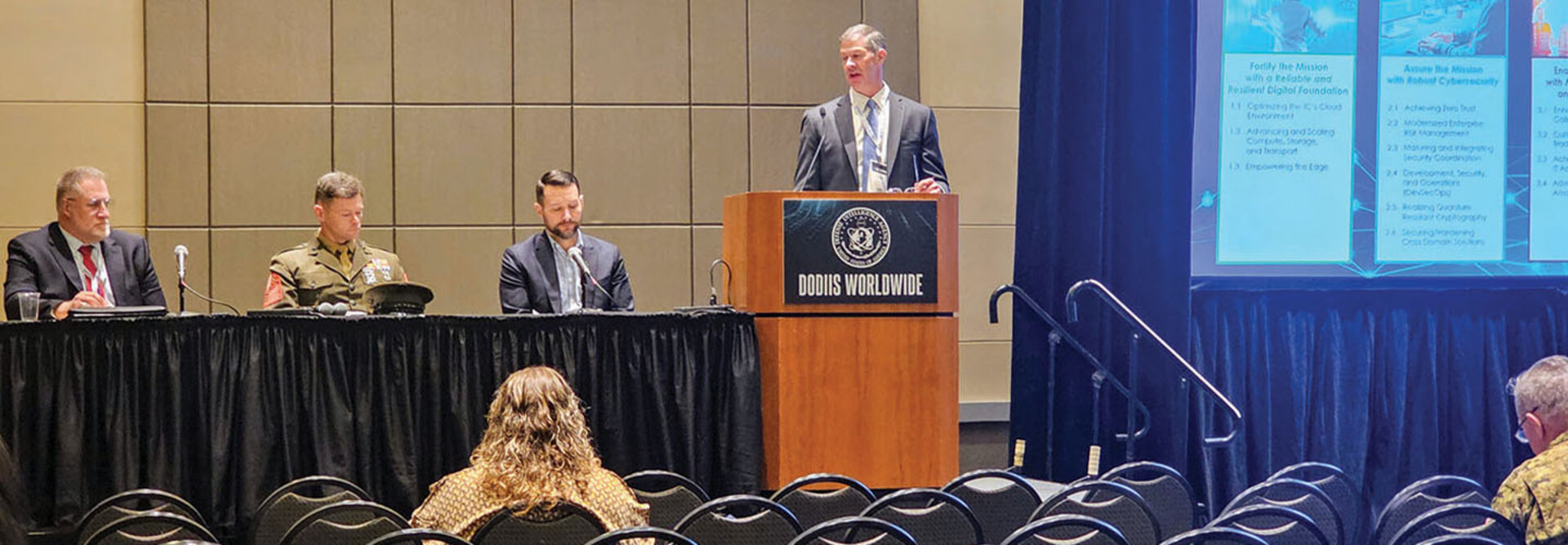Augmenting the Existing Cyber Workforce and Competing with China
The Workforce Innovation Directorate is also exploring how emerging technologies such as artificial intelligence might augment DOD’s existing cyber workforce. AI is already being used to pore over large volumes of data on the educational offerings available to DOD cyber personnel to identify discrepancies, halving the time it typically takes a human to do the same work, Johnson says.
DOD is still reckoning with the computing and storage requirements of AI. A single mission can generate enough data on one platform to exceed existing storage capacity, and AI is being used to curate that data so that valuable information isn’t tossed, Hill said.
Applying AI to workforce challenges is critical to keep pace with foreign adversary China, which faces many of the same issues. The country’s cyber workforce shortage is estimated at 2 million unfilled positions and can make considerably less than their private sector counterparts, Klotz said.
For that reason, the People’s Liberation Army revised its conscription law in 2023 to draft more university and college graduates with science and engineering degrees into intelligence roles, with limits set on age and time served. China’s top cyber institutes graduate about 30,000 students annually, though their education is “questionable,” Klotz said.
READ MORE: Chief AI officers ready agencies for what’s next.
PLA cyber personnel are augmented with militias, reserves, civil servants, and university faculty and research institute staff.
“The state seems to be able to pluck talent from the private sector on at least a temporary basis,” Klotz said.
In the U.S., civilian cyber personnel simply can’t be reallocated to address issues like service members can, which is why the defense and intelligence communities are working to upskill more data scientists with AI expertise.
DOD partnered with a community college that has a campus dedicated to IT solutions, sending service members there on orders to participate in a curriculum mimicking a typical workday for its cyber personnel. Meanwhile, the NSA is starting its first cryptologic data science internship program, and the Marines are collaborating with the Army Futures Command by placing a software factory near its headquarters in Austin, Texas, Hill said.
To learn more about DoDIIS Worldwide, visit our conference page. You can also follow us on the social platform X at @FedTechMagazine to see behind-the-scenes moments.















